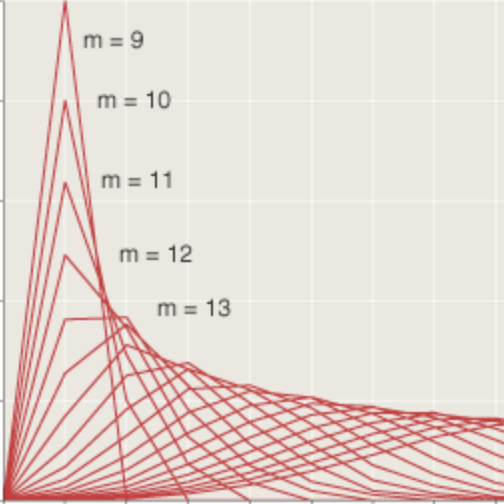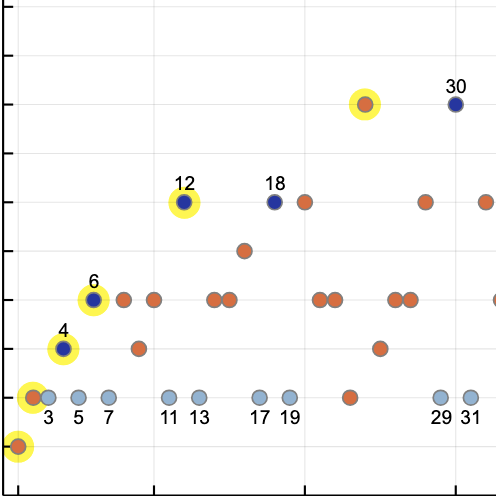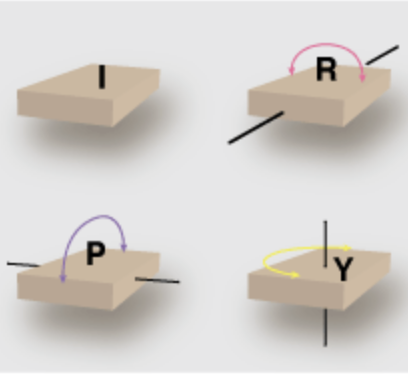Working on the Railroad
by Brian Hayes
Published 10 February 2007
The March-April issue of American Scientist is now available on the Web; paper copies should be on their way soon. My column is about hump yards and turnouts and wyes—in other words, about algorithms for railroad workers. “Computing with locomotives and box cars takes a one-track mind.” There’s a small puzzle near the end of the column. You’re welcome to post comments, complaints and solutions here.
In the new issue I also recommend a “Macroscope” article on Avogadro’s number by Ronald M. Fox and Theodore P. Hill of Georgia Tech. For those who have forgotten their chemistry, Avogadro’s number is the number of molecules in a mole of a substance (an amount in grams numerically equal to the molecular weight). Specifically, NA is defined as the number of carbon atoms in 12 grams of carbon-12, and its value is roughly 6.02 × 1023. Fox and Hill suggest turning the definition upside-down: Instead of trying to count the atoms in a gram, define the gram as a certain number of atoms. They have a specific number to recommend: 602,214,141,070,409,084,099,072. I invite you to deduce what’s so special about this particular number and why they favor it over other candidates in the same range.
Responses from readers:
Please note: The bit-player website is no longer equipped to accept and publish comments from readers, but the author is still eager to hear from you. Send comments, criticism, compliments, or corrections to brian@bit-player.org.
Publication history
First publication: 10 February 2007
Converted to Eleventy framework: 22 April 2025




I’d like to suggest 602,214,205,251,903,400,125,971 as an alternative Avogadro’s number. It’s the only value in the Fox-Hill range that is the cube of a *prime* number. (My thanks to Paul Zorn for doing the exact arithmetic.)
The prime, by the way, is 84,446,891. The Fox-Hill cube root is 84,446,888 = 8 x 17 x 620,933.
A triangle pyramid, aka cannonball arrangement, with 1 ball sitting on 3 sitting on 6 sitting on 10, etc., for a total of k layers, has a total of k(k+1)(k+2)/6 balls. This gives the very nice value
602,214,150,661,210,865,396,970
by setting k=153,450,179. Moreover, this value for k is, once again, a prime number!